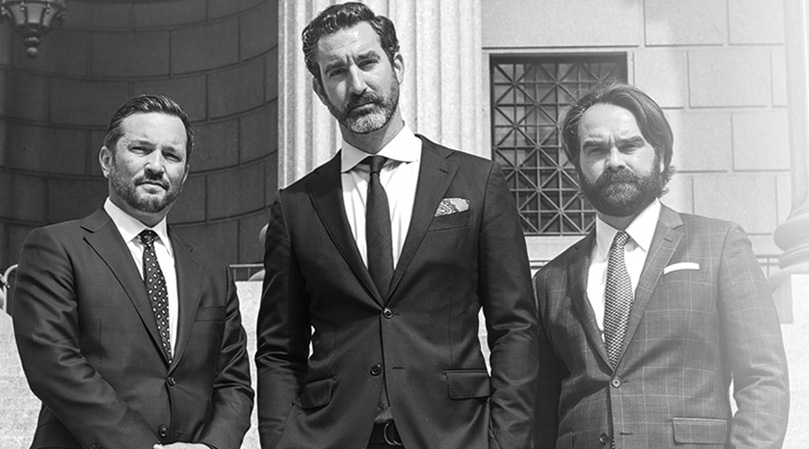Accomplice Corroboration Requirement In New York

Using the testimony of a person who “has turned state’s evidence” is a common and effective tool used by prosecutors throughout the United States. There are many different circumstances in which a prosecutor’s office would want to do this. An example would be a circumstance where a group of men rob a convenience store and one of them agrees to testify against the other robbers in exchange for leniency. Another example is when several low-level members of a criminal organization agree to testify against their “bosses.” The idea of using the testimony of accomplices against each other is as old as the legal system itself. As mentioned, it is an effective tool that has crippled criminal organizations. Without the use of accomplice testimony, the government would often have no hope in bringing down elaborate criminal conspiracies. In fact, most top level mafia and drug kingpins have been brought down by the testimony of the people whom they trusted the most.
Here is how the concept works. Suppose the government has a strong case against someone who happens to be a low-level member of a criminal organization. Suppose, for example, the person is an associate with the Gambino crime family and suppose further that he is also a drug dealer who accidentally sold drugs to an under cover officer. The government now has overwhelming proof against the person that could land him in jail for decades for the dealing drugs. He then is arrested. He can either plead guilty or go to trial and face a substantial prison sentence or he can agree to cooperate with the government by telling them everything he knows about everything. He also agrees to testify against his fellow criminal associates and bosses. Even the ones who have nothing to do with the drug dealing aspect of his criminal enterprise. In exchange, he receives a sentence of “time served” as the people he testified against get convicted based on his testimony.
A natural question that arises in these situations is to what extent can a jury be certain the accomplice isn’t simply lying. In other words, what if the accomplice tells the government whatever they want to hear in exchange for leniency? After all, if a person is facing a substantial prison sentence and he knows the government wants to convict a person it thinks is a “top” leader, wouldn’t he give them the exact testimony they want in exchange for leniency- even if the person knows the testimony isn’t true? Indeed, the natural bias that accomplices have when they testify against their co-conspirators is a key reality that defense attorneys focus on when they argue to a jury that the accomplice’s testimony should be rejected.
But are there any statutory protections applicable in this situation? Surprisingly, the answer depends on the jurisdiction in which the testimony is used. For example, under the federal rules of evidence, a person can be convicted based upon the testimony of an accomplice alone in Federal Court. That means that if a jury finds the accomplice’s testimony credible, then the accused co-conspirator can go to jail on that testimony alone. However, in many states, including New York, the testimony of an accomplice is not enough. The government must provide additional evidence. These slight differences in the laws can drastically change whether a case is brought against the co-conspirator in the first place.
In New York, C.P.L. 60.22 states: “A defendant may not be convicted of any offense upon the testimony of an accomplice unsupported by corroborative evidence tending to connect the defendant with the commission of such offense.” This basically means that the government must provide evidence other than the testimony of an accomplice for a conviction to stand as a matter of law. The requirement of corroboration need not be itself compelling or even strong. The only requirement is that the evidence tends to connect the defendant to the crime. In other words, the evidence doesn’t need to be itself a “slam dunk,” but it has to be something that corroborates the accomplice. For example, suppose person A and person B are both masked and they rob a bank. Suppose further that person A is caught during the escape, but person B outruns the police. Person A then tells the police who person B is and person B is arrested. Then person A testifies against person B in exchange for leniency. Without this corroboration requirement, even if a jury were to believe person A’s testimony, the judge would be forced to dismiss the case unless the prosecution provided evidence that tends to connect person B to the robbery that is distinct from person A’s testimony. Again, the requirement is minimal. So something as small as person B’s DNA found at the scene of the robbery may be enough to satisfy this corroboration requirement. Just about anything that tends to connect the defendant to the crime will do.
This legal requirement, though small, is important. In the hypothetical listed above, without the corroborative evidence, person B could be convicted in federal court, but in New York court, the case would be dismissed. I wonder if this relates in any way to the conviction rate between two governments. I also wonder if it affects the rate of false convictions.

Request Your Free Consultation
Fields Marked With An “ * ” Are Required
"*" indicates required fields
The Woolworth Building
233 Broadway
Suite 900
New York, NY 10279

